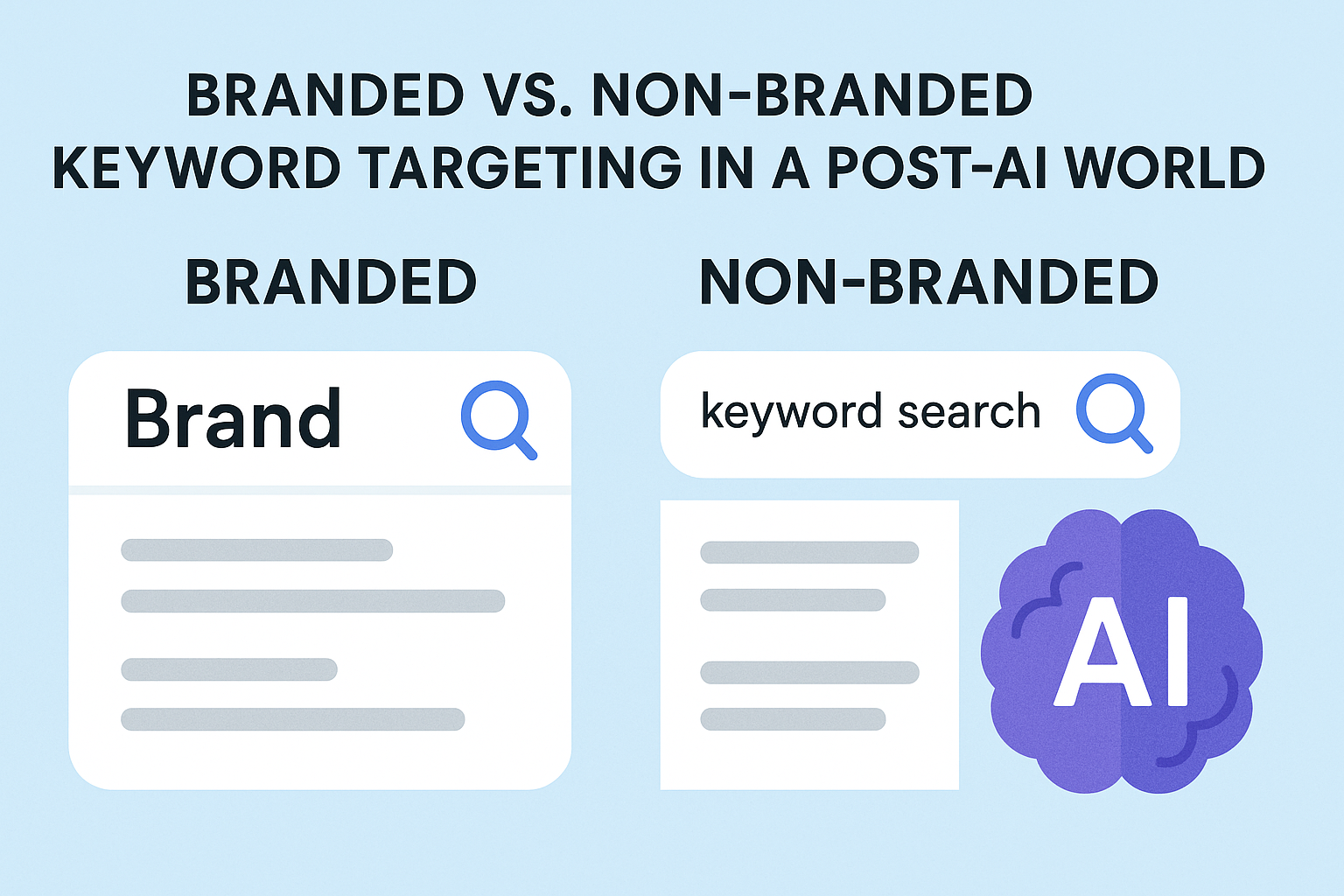In today’s corporate culture, workplace well-being is increasingly recognized as a crucial factor for employee satisfaction and organizational success. The multifaceted nature of well-being, which includes career, social, financial, physical, and community elements, significantly impacts employees’ lives and, consequently, their productivity at work. This comprehensive approach underlines that thriving employees find fulfillment and balance in these critical areas, leading to higher engagement and efficiency in their roles.
The role of AI, technology, and innovative solutions in shaping wellbeing initiatives cannot be overstated. This blog will explore how integrating these technological advancements with innovative workforce solutions can lead to a more engaged, productive, and ultimately happier workplace.
Link Between Well-being and Productivity

Well-being and productivity highlight that individuals who experience higher mental, emotional, and physical well-being tend to be more efficient and effective in their work. This relationship suggests promoting health and happiness can increase work performance and output.
Research and Case Studies
- Employee Satisfaction Correlation: A meta-analysis of 339 independent studies involving 1,882,131 employees and 82,248 business units across 73 countries found substantial positive correlations between employee satisfaction, customer loyalty, productivity, and firm performance. This correlation varied slightly across industries but showed the universal importance of employee well-being.
- Mental Health and Productivity: Employees with better mental health exhibit a 23% increase in productivity. A study published in the Journal of Occupational and Environmental Medicine emphasizes the significant impact of mental health on work performance.
- Reduced Absenteeism: Comprehensive wellness programs have been linked to a 27% reduction in absenteeism, showcasing the direct benefits of a healthy workforce in reducing days lost due to illness or injury.
- Enhanced Employee Engagement: A Gallup study found that employees who rated their well-being highly were 43% more engaged in their jobs than those with lower well-being scores, illustrating the link between employee support, value, and engagement.
- Greater Job Satisfaction: High levels of well-being lead to increased job satisfaction, associated with higher productivity, employee retention, and improved organizational performance.
- Lower Healthcare Costs: Wellness programs can lead to significant savings for employers, with a study in the Journal of Occupational and Environmental Medicine showing that such programs can save employers an average of $3.27 for every dollar spent.
Implementing Wellbeing Initiatives for Enhanced Productivity
Implementing well-being initiatives in the workplace can significantly enhance productivity by fostering a healthier, more engaged, and ultimately more successful workforce. Here’s a concise guide on integrating these initiatives, overcoming challenges, and examples of successful programs.
Practical Steps for Implementation
- Needs Assessment: Begin by understanding your employees’ specific needs and preferences through surveys, interviews, and focus groups.
- Strategic Planning: Develop a comprehensive plan that outlines goals, objectives, budget, and how the initiative aligns with the company’s mission.
- Program Selection: Choose a mix of initiatives that promote mental, physical, and social health, work-life balance, and recognition programs.
- Communication: Ensure clear communication about the initiative’s purpose, benefits, and how employees can participate.
- Implementation and Monitoring: Implement the selected programs and continually monitor their effectiveness through feedback and performance metrics.
- Adapt and Evolve: Based on feedback and results, refine and expand your programs to keep them effective and relevant.
Challenges and Solutions
- Engagement: Encouraging participation can be difficult. Address this by ensuring initiatives are aligned with employee interests and communicated effectively.
- Measurement: Measuring the impact on productivity and well-being can be challenging. Establish clear metrics and regular feedback mechanisms to gauge effectiveness.
- Sustainability: Maintaining momentum and interest over time. Keep initiatives fresh and responsive to changing employee needs and feedback.
AI and Technology in Enhancing Workplace Wellbeing

AI and technology significantly enhance workplace well-being by offering a range of solutions for monitoring and analyzing employee well-being and productivity metrics. These innovations enable personalized wellness recommendations and provide valuable insights for employers to create a healthier work environment.
Role of AI in Monitoring Employee Wellbeing and Productivity
- Early Detection of Health Risks: AI and machine learning analyze biometric data from wearable devices to identify health issues early, leading to timely interventions that can improve health outcomes and reduce healthcare costs.
- Mental Health Support: Natural language processing algorithms analyze communications, detecting signs of stress or burnout and enabling timely and appropriate interventions.
- Enhanced Data Analytics: AI enhances the measurement of wellness program effectiveness, optimizing these initiatives through real-time feedback and predictive models for health outcomes.
Technological Solutions for Workplace Wellbeing
- Wearable Devices: Central to workplace wellbeing, these devices can potentially interpret human emotions, aiding in stress management.
- Wellness Apps: AI-driven platforms provide personalized wellness recommendations, enhancing employee engagement with customized wellness experiences.
- Ergonomic Tools: Essential for modern workplace wellbeing, improving physical comfort, and reducing the risk of musculoskeletal issues.
- Virtual Wellness Assistants: Offer personalized advice on nutrition, exercise, and stress management, with machine learning tailoring recommendations to individual needs.
AI-driven Platforms for Personalized Wellness Recommendations and Stress Management
- Personalized Coaching and Stress Management: AI-driven well-being programs analyze data for tailored coaching, stress management, and fitness tracking.
- Early Health Risk Identification: These programs detect health risks early, recommending preventative measures and tailored solutions like mindfulness practices or regular breaks.
- Productivity Boost: Proactive health management improves employee health and enhances workplace productivity.
- Ethical Considerations: Implementing AI in wellness programs necessitates attention to privacy concerns, ethical implications, and the balance between AI insights and human expertise.
- Integration of Human Insight: The success of AI and technology in improving workplace well-being hinges on careful implementation, ethical considerations, and the blend of AI-driven insights with human understanding.
Innovative Workforce Solutions for Wellbeing
Innovative workforce solutions for well-being encompass a variety of strategies and programs designed to promote a healthier work environment and enhance employee satisfaction.
Strategies and Programs to Promote Workplace Wellbeing
- Company Exercise Challenges: Encouraging employees to engage in physical activities through challenges can foster a healthy corporate culture and boost employee engagement. Options range from walking, running, and biking to work to yoga and HIIT sessions, offering variety to meet different interests.
- Social Activities for Informal Mingling: Organizing social events can help build authentic friendships among coworkers, contributing to increased workplace happiness, decreased stress, and higher productivity. Activities could include after-work meet-ups, company trips, or team traditions.
- Employee Recognition Programs: Implementing programs that recognize and reward employees for their hard work and achievements can significantly boost morale and long-term retention. Recognition can be through promotions, thank you meetings, social media shoutouts, or employee of the month programs.
- Flexible Working Hours and Remote Work Options: Allowing employees to choose their working hours or offering remote work options can improve time management and work-life balance, enhancing overall employee well-being.
- Wellness Days Off and Mental Health Training: Offering additional wellness days off and including mental health training in employee induction processes underscore the importance of mental health and encourage open dialogue about it.
Conclusion
Integrating AI and innovative workforce solutions significantly enhances well-being, driving employee satisfaction and organizational success. By fostering an environment that addresses the multifaceted nature of well-being—encompassing career, social, financial, physical, and community aspects—employers can unlock higher levels of engagement and productivity among their workforce.
Leveraging technology for continuous feedback and improvement, organizations can implement various well-being initiatives tailored to meet individual needs, from company exercise challenges and social mingling activities to flexible working options and mental health training. These efforts promote a healthier, more engaged workforce and underscore the importance of balancing technological advancements with ethical considerations and human insight to truly benefit employee well-being and productivity.

The Search Engine Cage team is on a mission to educate entrepreneurs. We make things easier for the small business owner, by writing articles that help them to understand SEO and Digital Marketing.







